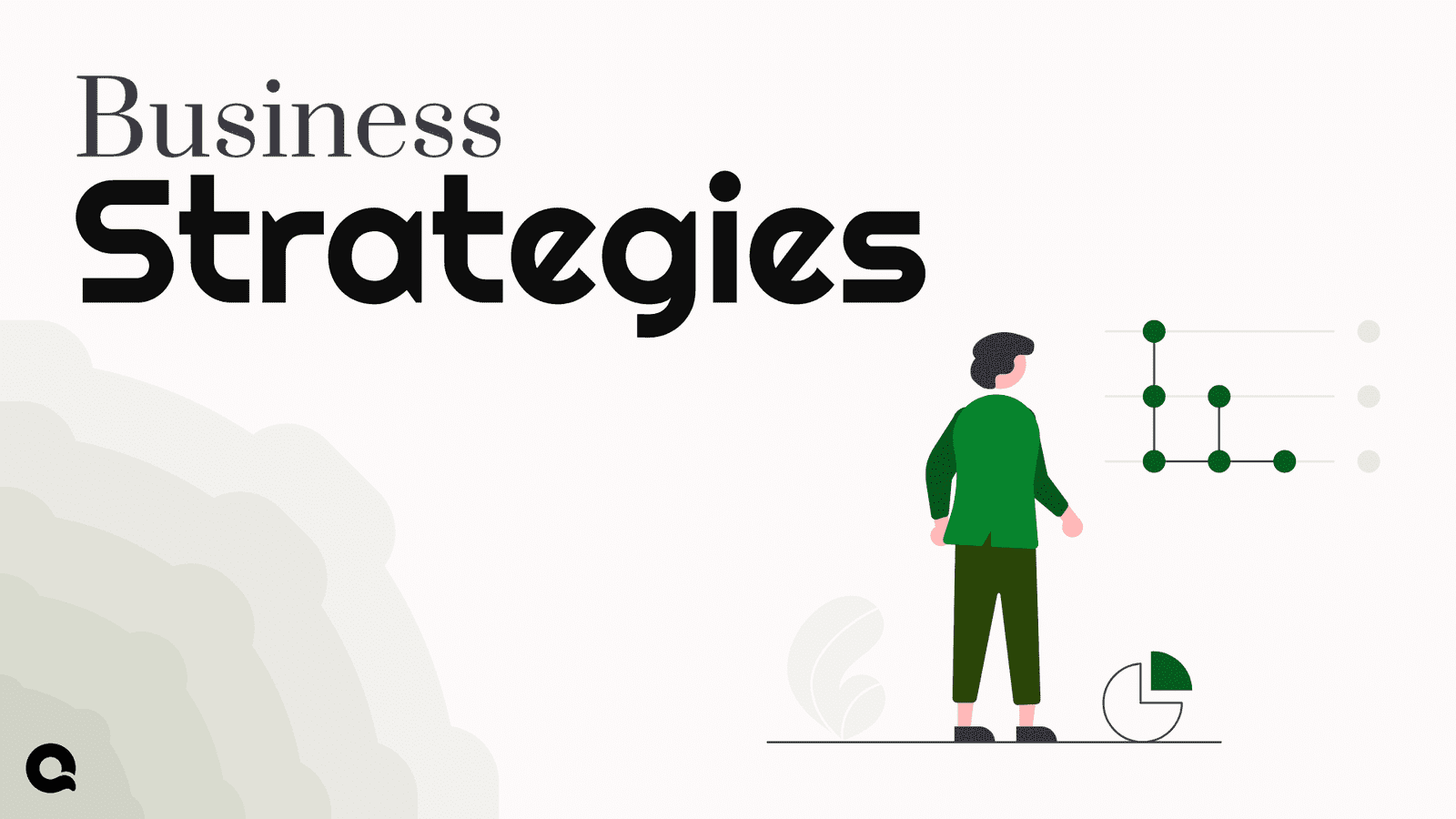Businesses are rapidly going digital to expand their market reach, which calls for robust software development. Globalization renders excellent opportunities for small businesses that offer their clients a high-quality, unique offering.
In today’s interconnected world, social networking platforms have revolutionized the way we connect, communicate, and collaborate with others. From reconnecting with old friends to building professional networks and staying informed about current events, social networking has become an integral part of our daily lives. In this comprehensive guide, we will explore the power of connections through social networking and examine the impact it has on individuals, communities, and society as a whole.
In today’s digital age, social connections play a crucial role in our personal and professional lives. With the advent of social media and digital communication platforms, building meaningful relationships has become easier and more accessible than ever before. However, amidst the sea of likes, shares, and comments, it’s essential to cultivate genuine connections that go beyond superficial interactions. In this comprehensive guide, we will explore the importance of building meaningful relationships in a digital world and provide practical tips for fostering genuine connections online.
In today’s interconnected world, online networking has become an essential skill for professionals in every industry. Whether you’re looking to advance your career, build your brand, or expand your professional network, mastering the art of online networking can open doors to countless opportunities. In this comprehensive guide, we will explore the nuances of online networking and provide practical tips and tricks for success in navigating the social sphere of digital networking.
Innovation in education is crucial for adapting to the rapidly evolving needs of learners in the digital age. Web technologies have emerged as powerful tools for revolutionizing the educational landscape, offering developers the opportunity to create innovative solutions that enhance teaching and learning experiences. In this comprehensive guide, we will explore the role of web technologies in innovating education and provide a practical guide for developers looking to create transformative educational applications and platforms.
In the digital era, traditional educational methods are being augmented and sometimes replaced by innovative web development solutions that offer interactive and engaging learning experiences. Web development plays a pivotal role in shaping the future of education by providing platforms and tools that facilitate collaboration, personalization, and accessibility. In this comprehensive guide, we will explore the significance of web development in education and how it contributes to the creation of interactive learning experiences that enhance student engagement and foster academic success.
In the digital age, education is undergoing a revolution, with technology playing a pivotal role in transforming traditional learning paradigms. Web solutions have emerged as powerful tools for enhancing educational experiences, fostering collaboration, and empowering learners to thrive in an ever-changing world. In this comprehensive guide, we will explore how transformative web solutions are shaping the future of education and revolutionizing the way we learn.








